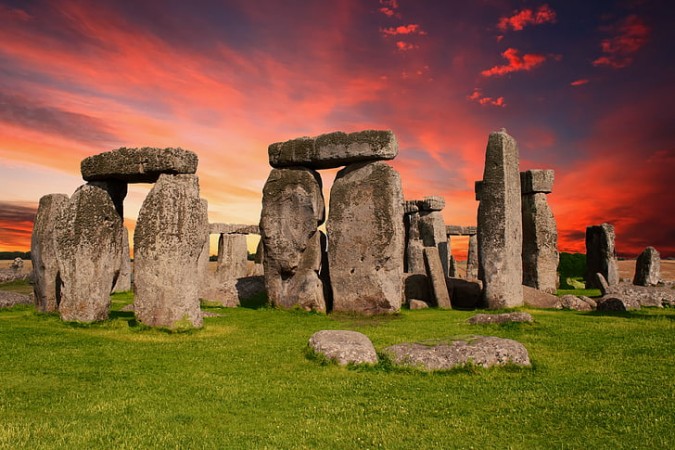
Europe is a treasure trove of history, with megalithic structures standing as silent witnesses to a bygone era. These ancient wonders continue to perplex and amaze us with their mysterious origins and intriguing purposes. In this article, we will embark on a journey to uncover the most fascinating megalithic structures in Europe.
Megalithic structures are large stone monuments built by prehistoric cultures, often composed of massive stones arranged in intricate patterns. These enigmatic creations have sparked the curiosity of archaeologists and historians for centuries.
Located on the Salisbury Plain in England, Stonehenge is perhaps the most famous megalithic structure in the world. Comprising colossal standing stones arranged in a circular formation, its purpose and construction methods continue to baffle experts.
Ireland boasts the incredible Newgrange, a 5,000-year-old passage tomb older than the pyramids of Egypt. Its precise alignment with the winter solstice has led to speculations about its astronomical significance.
In Brittany, France, the Carnac Stones stretch over a vast area, with thousands of megaliths erected in parallel rows. The purpose of this alignment remains a mystery, with theories ranging from religious rituals to astronomical observatories.
Numerous theories attempt to explain the purpose and significance of megalithic structures.
Many believe these structures served religious or spiritual purposes, acting as ceremonial sites or places of worship.
Some megaliths exhibit precise alignments with celestial events, leading researchers to propose that they functioned as ancient observatories.
Several megalithic structures, like Newgrange, are associated with burials, suggesting they were elaborate tombs.
The methods employed by ancient civilizations to build these massive structures continue to astound us.
The transportation of massive stones over long distances without modern machinery remains a perplexing challenge.
Megaliths were meticulously carved and positioned with remarkable precision, raising questions about the tools and techniques used.
Despite centuries of study, megalithic structures retain an air of mystery.
The builders of these structures often left no written records, leaving their identity and culture shrouded in uncertainty.
Intricate carvings and engravings on some megaliths suggest a rich artistic tradition, but their meanings remain obscure.
Megalithic structures continue to captivate the human imagination.
These ancient sites attract tourists from around the globe, providing opportunities for learning about our distant past.
Ongoing excavations and research reveal new insights into the lives and beliefs of our ancient ancestors.
Protecting megalithic structures is crucial for future generations.
Many megalithic sites are designated as UNESCO World Heritage Sites, ensuring their protection and preservation.
Striking a balance between allowing public access and safeguarding these fragile relics is an ongoing challenge.
Europe's megalithic structures stand as enduring enigmas, inviting us to contemplate the ingenuity of our ancestors. As we explore these ancient marvels, we uncover not only the mysteries of the past but also the boundless curiosity that drives us to seek understanding.
Planning a 5-Day Budget Trip to Malaysia: A Comprehensive Guide
Visit Paris in Delhi-NCR! These places in the capital have a view like a foreign country